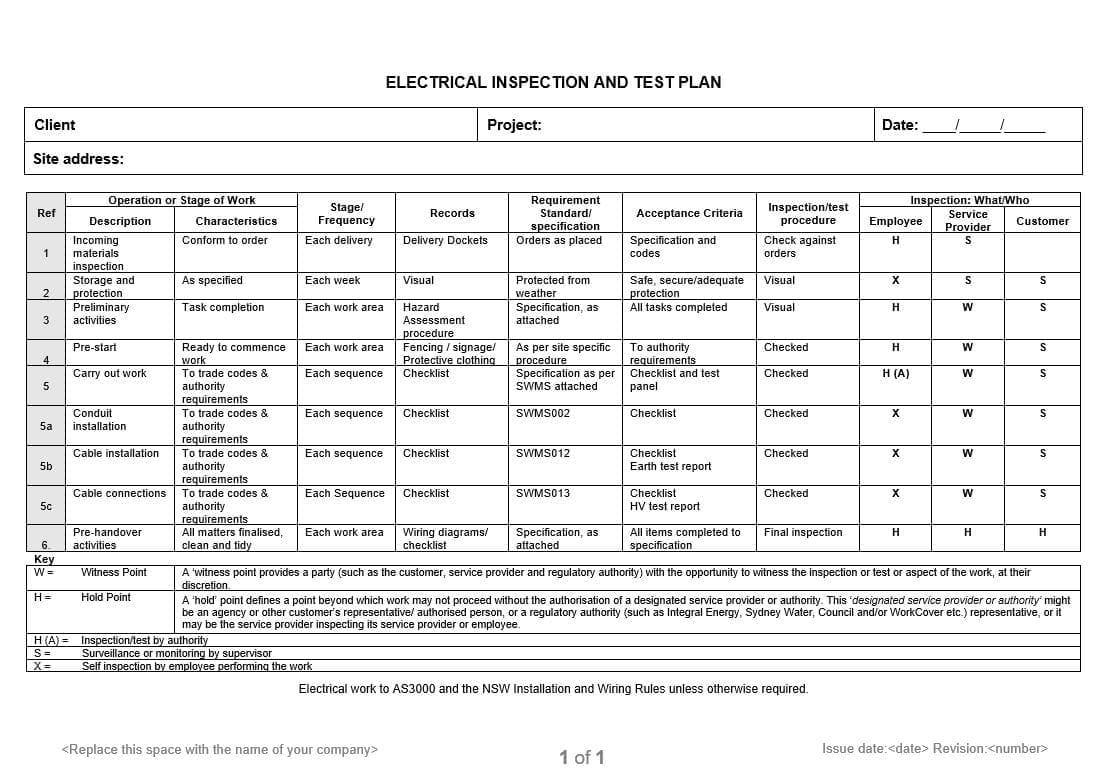If you’ve ever worked on a job site and wondered who pulls the strings before physical construction begins, spoiler alert: it’s often the developer. In the real estate world, a developer (also called a property developer, project developer, residential real estate developer, or—when they’re hired on a fee-only basis—a fee developer) is the person or firm that turns an idea for a new building into a real, deliverable development project.
They don’t always swing hammers. Instead, they drive the construction process from site selection and land acquisition on raw land, through feasibility studies, secure funding, design, approvals, and construction management, all the way to sales, leasing, and handover.
Think of the developer as the quarterback of the entire project. They assemble the right team—general contractors, project managers, architects, engineers, interior designers, real estate agents, lenders, and sometimes investment firms—and keep everyone moving to a shared project plan, construction schedule, and set of quality standards.
What Is a Developer in Construction? (and other names they go by)
A developer is the entity that takes responsibility for a new development from idea to delivery.
Depending on the region, you may also hear owner’s representative, sponsor, principal, development manager, or developer construction managers.
In commercial real estate developers and development firms, the developer might take an ownership stake using own capital; in other cases, they act as a fee developer delivering for a client with no long-term ownership.
When Do You Need a Developer?
You’ll commonly see developers on:
- Residential development (a new home, custom home, townhouse, or larger residential project).
- Commercial spaces (office buildings, retail, hospitality) in an urban area.
- Industrial buildings (warehouses, light manufacturing).
- Mixed-use development that blends homes, shops, and offices.
- Land subdivisions on suitable land where site selection and infrastructure planning matter.
Smaller construction projects can be run directly by owners with a strong construction group or project management background, but once you add complex zoning, layered financing, or multiple end users, a developer’s coordination skill set becomes essential.
What’s Included in “Development”? (the tasks)
A capable developer or great development manager will typically handle these aspects of the project:
- Feasibility studies & due diligence – Validate market demand, analyze market trends, run pro formas, test potential risks, and check environmental regulations, utilities, and title constraints. This is the first step—don’t skip it.
- Land acquisition – Identify suitable land, negotiate favorable terms, secure options or purchase contracts, and manage closing.
- Funding & capital stack – Secure funding from banks, equity partners, or investment firms; sometimes they deploy own capital. Strong relationships with lenders are a real advantage.
- Design management – Hire and coordinate architects, interior designers, engineers, and planners. Align design with the business case and code requirements.
- Regulatory compliance & approvals – Navigate zoning, planning approvals, and building permits while coordinating with agencies and consultants.
- Procurement & delivery model – Choose general contractors, contractor construction managers, or a CM-at-risk approach; define bid strategies, scopes, and contract terms.
- Construction oversight – Monitor budget, construction schedule, safety, quality standards, and project site logistics alongside the project managers and the GC’s team.
- Sales & leasing – Work with real estate agents or in-house teams to market residential development, commercial spaces, or office buildings.
- Handover, closeout & warranty – Drive punch lists, commissioning, documentation, and turnover to owners, operators, or buyers for the entire development.
Who’s Involved? (key players)
A developer surrounds the project with professional teams:
- General contractors (build the works)
- Project managers (client-side or GC-side)
- Architects, structural/civil/MEP engineers
- Planners, code consultants
- Lenders, equity partners, development firms
- Brokers/real estate agents
- Attorneys and title companies
- Marketing and leasing teams
Why Use a Developer?
- Risk management: Coordinating budgets, contingencies, financial risks, and potential risks is a developer’s daily job.
- Faster decisions: Clear governance helps keep the construction process moving.
- Capital access: Developers often unlock funding and favorable terms through strong relationships.
- Approvals know-how: Permits and regulatory compliance go smoother with experienced handlers.
- Outcome focus: They align design, budget, and schedule with the market—leading to more successful projects and, ideally, long term asset performance.
Challenges of Using a Developer
- Fees & incentives: A fee developer may be laser-focused on delivery, but misaligned incentives can create tension. Clarify success metrics early.
- Complexity & communication: More stakeholders can mean more meetings. Without a tight project plan, decisions slow down.
- Scope gaps: If roles between the developer, general contractors, and project managers aren’t defined, work gets duplicated—or missed.
- Market volatility: Shifts in market trends and interest rates can change viability mid-stream.
- Quality drift: Without firm quality standards and field audits, details slip.
Best Practices & Recommendations
- Define the developer’s role up front. Document who decides what across design, procurement, and field changes.
- Pick the right delivery model. For many real estate projects, CM-at-risk or design-build aligns risk and schedule; for others, hard-bid works.
- Lock the business case. Use rigorous feasibility studies, layered due diligence, and sensitivity analyses before the shovel hits dirt.
- Write a living project plan. Tie the construction schedule to procurement, financing milestones, and approval gates.
- Enforce quality standards. Include mock-ups, submittals, and inspection points—down to fixings and fasteners—so “done” means “done right.”
- Communicate like clockwork. Weekly dashboards for cost, program, risk, and design decisions keep professional teams aligned.
- Stay market-aware. Track market demand and market trends through pre-leasing and pricing checks; recalibrate early, not next time.
- Build strong relationships. Long-standing ties with lenders, subcontractors, and municipalities often separate successful real estate developers from the pack.
FAQs
1) Is a developer the same as a general contractor?
No. The developer owns the business case and coordinates the entire development. The general contractor manages the fieldwork and builds the project.
2) What’s the difference between a property developer and a fee developer?
A property developer often holds an ownership stake. A fee developer is hired to deliver the project for a client without long-term ownership.
3) When does a small residential project need a developer?
If permits, neighbors, or financing get complicated—or you’re juggling multiple consultants—bringing in a developer or development manager can save time and risk.
4) Do developers handle financing?
Yes. They typically secure funding, structure debt and equity, and negotiate favorable terms with banks and investment firms.
5) Who hires the architect and engineers?
Often the developer, in consultation with the owner and project managers, hires and coordinates architects, engineers, and interior designers.
6) How do developers manage quality?
Through clear quality standards, submittals, mock-ups, inspections, and coordination with the GC—right down to materials and fasteners that meet spec.
7) What delivery model works best?
It depends. Design-build and CM-at-risk help with speed and alignment; hard-bid can work where scope is crystal-clear and budgets are tight.
8) How do market trends affect the plan?
Developers monitor market demand and market trends to adjust mix (e.g., commercial spaces vs. residential), pricing, and pre-leasing targets.
9) What kinds of projects do developers lead?
Everything from new home communities to office buildings, industrial buildings, and mixed-use development.
10) What’s one thing field teams should know about developers?
Developers succeed by aligning risk, capital, design, and delivery. When field teams share issues early, developers can remove roadblocks quickly.
Further Reading

















